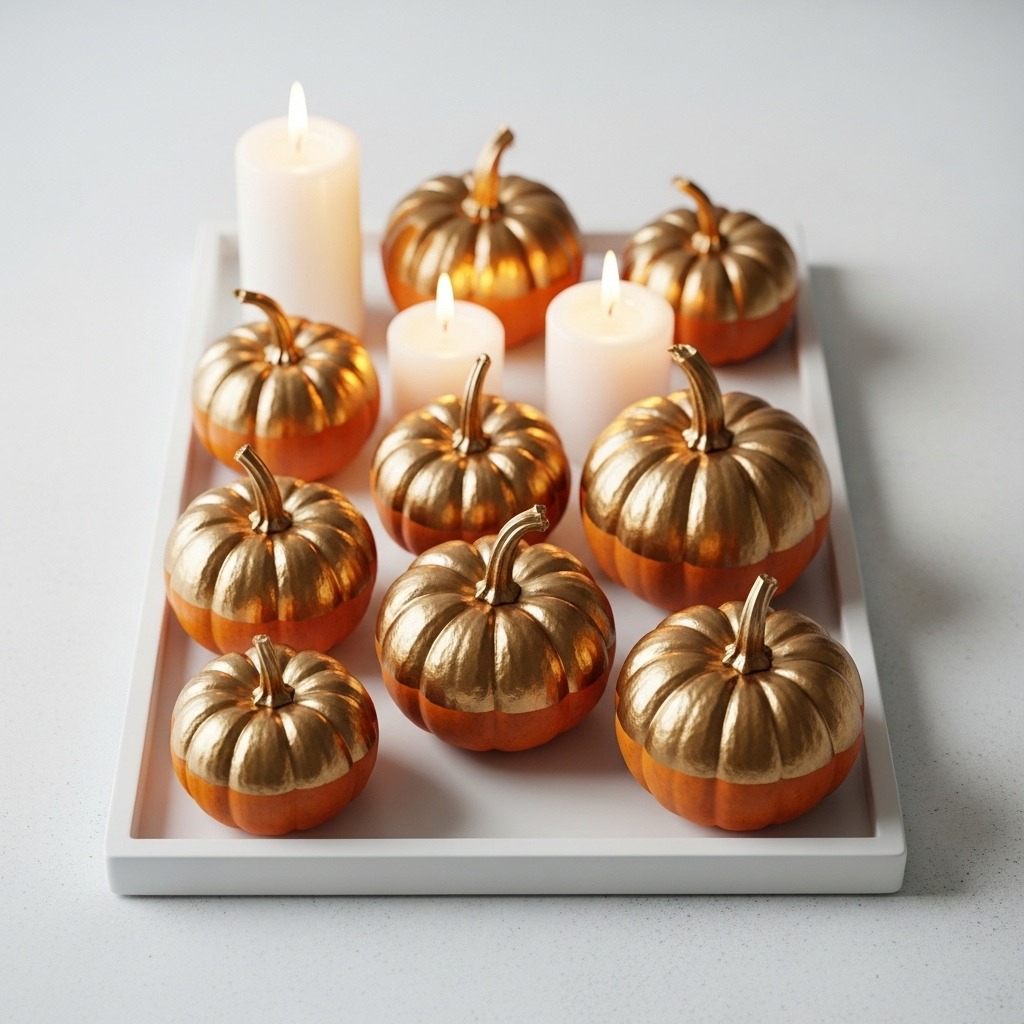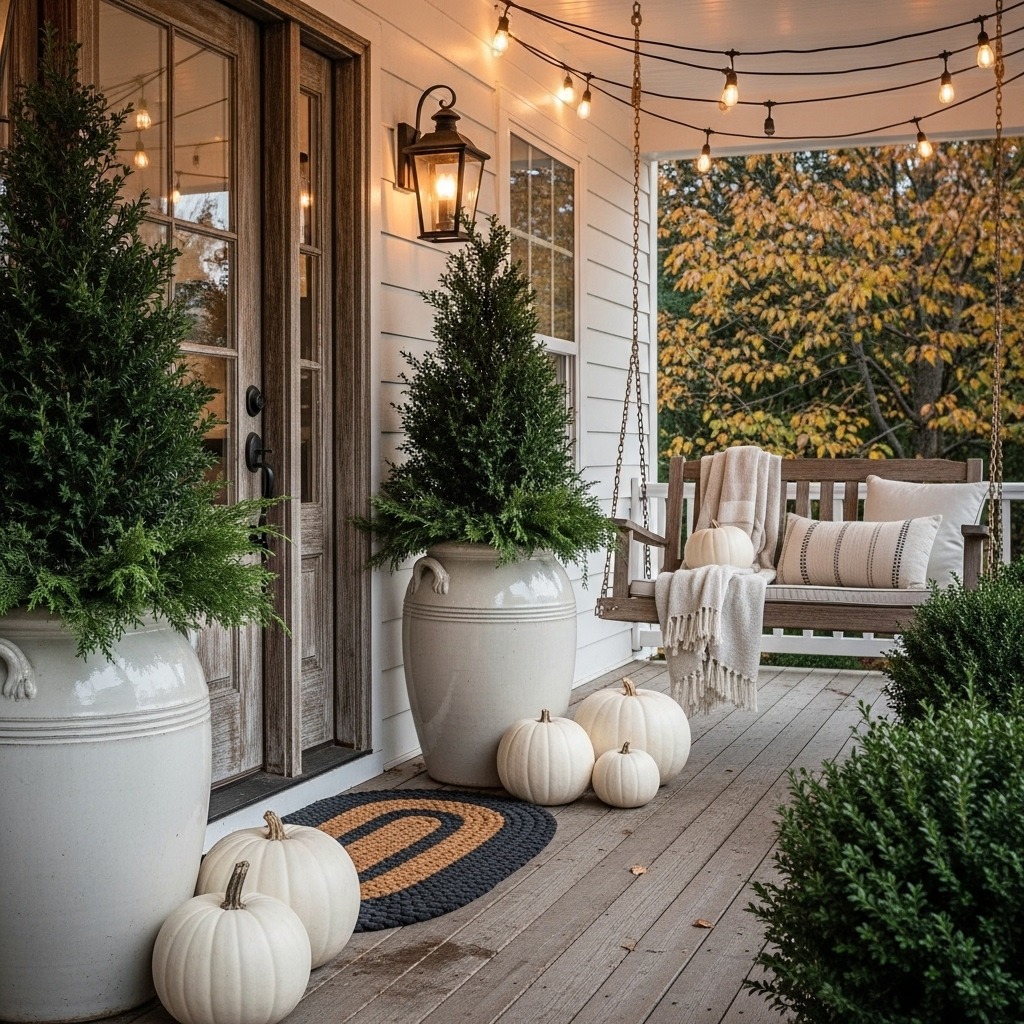When most people think of gardening, they picture spring planting and summer harvests.
But here’s a little secret: fall is one of the best seasons to grow vegetables.
With cooler temperatures, fewer pests, and nutrient-rich soil, your garden can thrive well into autumn—and in some cases, even provide harvests through early winter.
If you’ve been wondering what to plant this season, this guide will walk you through everything you need to know about fall planting vegetables—from the best crops to grow, how to prepare your soil, and even tips for extending your harvest.
Why Plant Vegetables in the Fall?
Before diving into the planting list, let’s answer the big question: why garden in fall at all?
-
Cooler weather = sweeter crops: Vegetables like carrots, kale, and beets taste sweeter when grown in cooler temperatures.
-
Less pest pressure: Many garden pests slow down in fall, giving your plants a better chance to grow without being eaten alive.
-
Extended harvest season: Instead of letting your garden go empty after summer, fall planting gives you fresh food later in the year.
-
Perfect for root veggies and leafy greens: These crops thrive in short days and cooler nights.
Simply put, fall gardening is the hidden gem of the vegetable-growing world.
Best Vegetables to Plant in the Fall
Here’s a list of the most reliable and rewarding fall planting vegetables:
1. Leafy Greens (Spinach, Kale, Lettuce, Arugula)
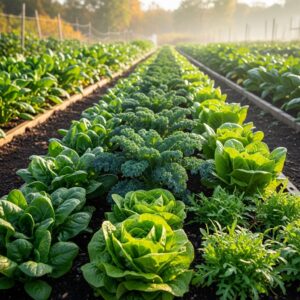
Leafy greens are the champions of fall gardening because they thrive in cooler temperatures and can be harvested in as little as 30–45 days.
Spinach grows best when sown directly into the soil, and a light frost actually makes its leaves taste sweeter.
Kale, on the other hand, is one of the hardiest crops you can grow—it can survive deep frosts and still keep producing.
Lettuce varieties like romaine and butterhead do well in fall since the cooler weather prevents them from bolting.
Arugula matures quickly, giving you peppery, flavorful leaves in just a few weeks.
To keep a steady supply, try succession planting every 10–14 days and harvest the outer leaves first so the plant keeps growing.
2. Root Vegetables (Carrots, Beets, Radishes, Turnips)
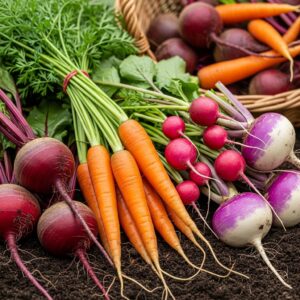
Root crops are a fall gardener’s best friend because they develop deep, sweet flavors when exposed to cold soil.
Carrots, for instance, convert starch into sugar after a frost, making them tastier than summer-grown ones.
Beets not only give you delicious roots but also provide edible, nutrient-packed greens.
Radishes are one of the fastest-growing crops—you can start harvesting them in as little as three weeks—making them perfect for squeezing in before winter.
Turnips are another cold-loving crop that can be harvested for both roots and leafy greens.
For best results, keep the soil loose and well-watered so the roots can grow evenly without splitting.
3. Brassicas (Broccoli, Cabbage, Cauliflower, Brussels Sprouts)
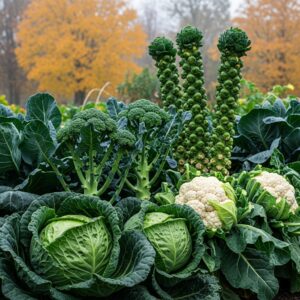
These cool-season vegetables shine in fall gardens. Broccoli and cauliflower produce tighter, more flavorful heads in cooler weather, and cabbage becomes sweeter after a touch of frost.
Brussels sprouts, in particular, are classic fall crops that taste best when harvested after chilly nights.
To succeed with brassicas, it’s best to start them as transplants in late summer so they’re ready to mature once fall temperatures settle in.
These plants are heavy feeders, so mix compost into your soil before planting and consider giving them an organic fertilizer boost.
With the right timing, you’ll enjoy hearty, nutritious harvests well into late autumn.
Also Check: Farmhouse Fall Decor Ideas That Feel Warm & Rustic
4. Garlic & Onions
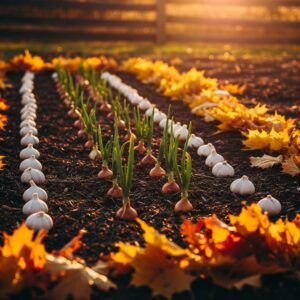
While they won’t be ready to harvest until the following summer, garlic and onions are a staple for fall planting because they establish strong root systems during the cool months.
For garlic, separate the bulbs into cloves and plant them pointed side up about 2 inches deep.
Mulch heavily to protect them through winter, and by the time spring arrives, they’ll be well on their way to producing plump bulbs.
Onions can also be planted in fall in many regions—especially mild climates—where they overwinter and are ready for harvest the next season.
Both crops are low-maintenance and practically guarantee a rewarding harvest.
5. Peas
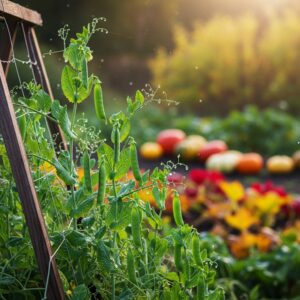
Many gardeners think of peas as a spring crop, but they can also be a delightful addition to your fall planting schedule, especially in milder climates.
Peas prefer cool soil and can tolerate light frosts, making them a great choice for late-season planting.
Bush varieties mature faster, while climbing varieties will keep producing if given support.
Plant them directly into the soil and keep them well-watered during germination.
One of the best parts about fall peas is that you can enjoy tender pods fresh off the vine when most other crops are slowing down.
Plus, peas naturally fix nitrogen in the soil, enriching it for the following growing season.
Also Read: Garden Layout Ideas for a Thriving Vegetable Garden
Tips for a Successful Fall Vegetable Garden
Planting in the fall isn’t exactly the same as spring gardening. Here are a few tips to make sure your crops thrive:
-
Know Your Frost Date
Check your region’s average first frost date. Count backwards from that date using the “days to maturity” on your seed packets to know when to plant. -
Amend Your Soil
Summer crops take a lot out of the soil. Add compost or aged manure before planting fall vegetables. -
Water Consistently
Fall rains can help, but don’t assume it’s enough. Keep soil moist so seeds germinate and roots establish well. -
Use Row Covers or Cold Frames
These protect your vegetables from frost and extend your growing season by several weeks. -
Succession Planting
Instead of planting everything at once, sow seeds every 2 weeks for a continuous harvest of greens and root crops.
Extending the Harvest Into Winter
If you live in a colder climate, don’t worry—you can still enjoy fall planting vegetables even after frost hits.
-
Build a simple hoop house or use floating row covers to trap warmth.
-
Mulch root crops heavily; carrots and beets can often be stored in the ground under mulch until you’re ready to pick them.
-
Choose cold-hardy varieties like “Winter Density” lettuce or “Siberian” kale that can survive freezing temps.
Final Thoughts
Fall gardening is more than just a way to squeeze a few extra harvests out of your backyard—it’s about enjoying fresh, flavorful food when most gardens are shutting down.
With the right planning, fall planting vegetables can reward you with tender greens, crisp roots, and even crops that last into winter.
So grab your seeds, check your frost dates, and get planting—because the best flavors of the garden might just come after summer.
